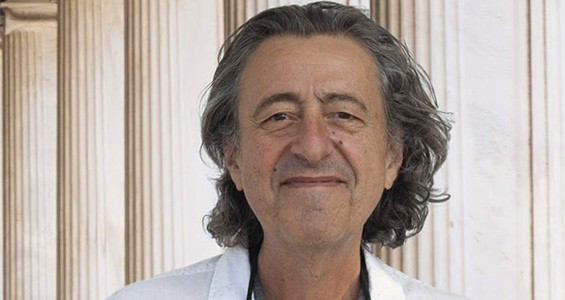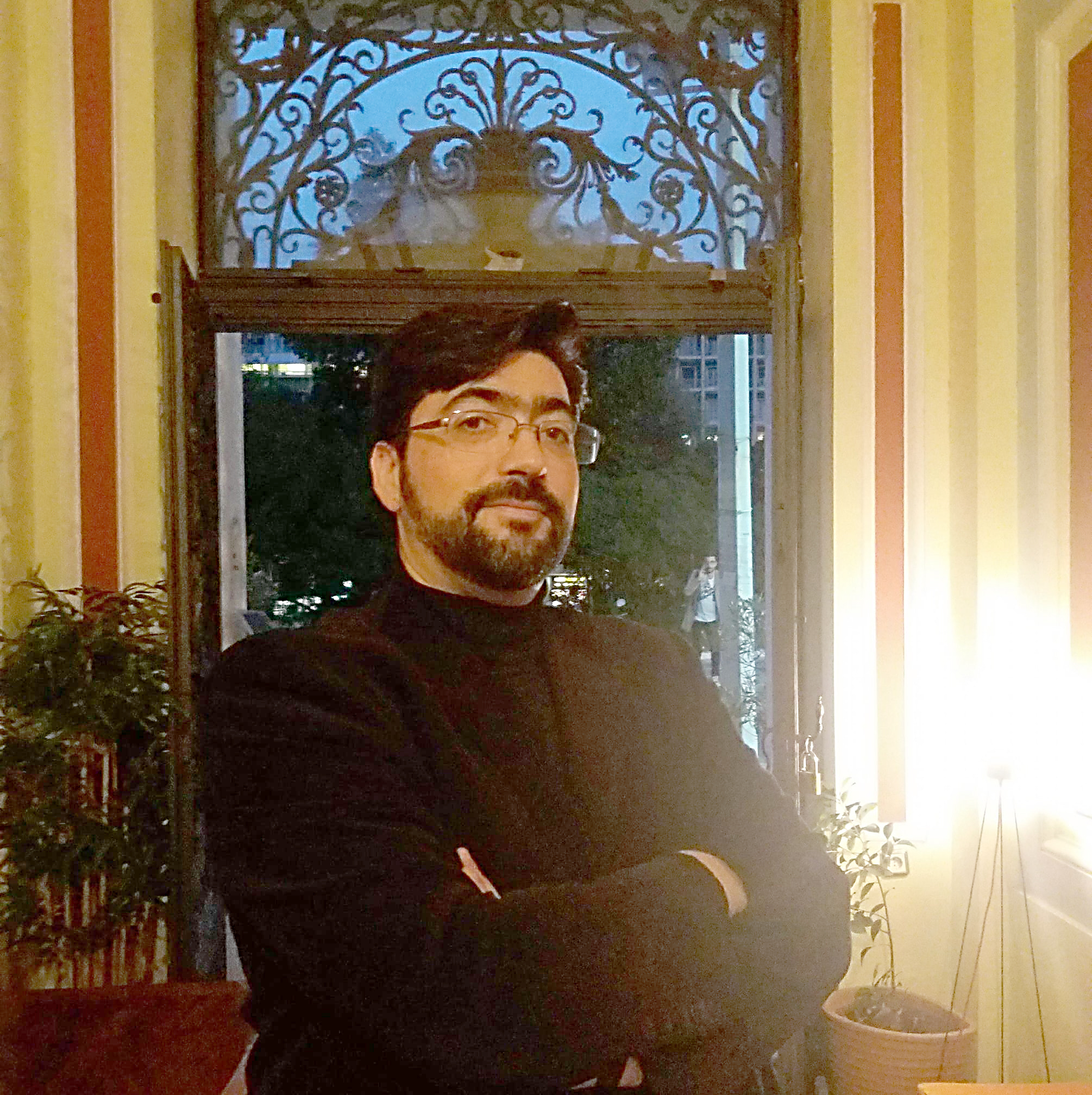Vlassarou in Vrysaki, from Oblivion into the Light: The Revival of Two Forgotten Treasures
Speaker(s)
John K. Papadopoulos (Director, Athenian Agora Excavations, ASCSA, Professor of Archaeology & Classics, UCLA)
and
George Mastrogiannis (Fine Art Conservator, Museologist, Head Conservator of the Athens City Museum)
Location
Cotsen Hall, Hybrid Lecture, Anapiron Polemou 9, Kolonaki 10676About the lecture
In the early 1930s, in the district that stood above the ancient Agora of Athens known as Vrysaki, some 366 buildings were purchased and demolished for the excavations of the central marketplace of Athens, and the civic center of the world’s first democracy. One of the buildings demolished was the Church of Panagia Vlassarou, the entrance of which was graced by a fresco of the Virgin Mary and the Christ Child. This fresco, carefully removed, languished for years in the storage facilities of the Athenian Agora. This lecture tells the story of the remarkable “rediscovery” of the fresco in the basement of the Stoa of Attalos, its conservation, and the discovery of a heavily rusted metal panel placed behind the fresco, itself decorated with an astonishing and unique painting of the birth of the Virgin. Both paintings are now on display in the exhibition on Vrysaki in the Makriyannis Wing of the American School*.
John K. Papadopoulos will speak in English, while George Mastrogiannis in Greek.
*The exhibition "Vrysaki: The Revival of a Neighborhood through the Archives of the American School of Classical Studies at Athens" will be open to the public 8.00-10.00pm.
About the speakers
 John K. Papadopoulos, Director of the excavations in the Athenian Agora since July 2022, is Distinguished Professor of Archaeology and Classics at the University of California, Los Angeles, having served as Chair of the Department of Classics (2005-2008) and Chair of the Interdepartmental Archaeology PhD Program (2009-2019). His research and teaching interests include the Aegean, as well as the eastern and central Mediterranean from the Late Bronze and Early Iron Ages into the Classical and later periods, the archaeology of colonization, the archaeology of death, the topography and architecture of Athens, and the integration of literary evidence with the material and visual record in the study of the past. He has excavated or conducted fieldwork widely in Greece, Albania, Italy, and Australia, and has directed or co-directed fieldwork projects at Torone and Methone in northern Greece, Lofkënd in Albania, and the repatriation project for Francavilla Marittima in South Italy. He is the author or editor of thirteen books (most recently, Agora XXXVI: The Early Iron Age [2017] and Ancient Methone: 2003-2013 [2023]), well over 100 articles and some fifty book reviews.
John K. Papadopoulos, Director of the excavations in the Athenian Agora since July 2022, is Distinguished Professor of Archaeology and Classics at the University of California, Los Angeles, having served as Chair of the Department of Classics (2005-2008) and Chair of the Interdepartmental Archaeology PhD Program (2009-2019). His research and teaching interests include the Aegean, as well as the eastern and central Mediterranean from the Late Bronze and Early Iron Ages into the Classical and later periods, the archaeology of colonization, the archaeology of death, the topography and architecture of Athens, and the integration of literary evidence with the material and visual record in the study of the past. He has excavated or conducted fieldwork widely in Greece, Albania, Italy, and Australia, and has directed or co-directed fieldwork projects at Torone and Methone in northern Greece, Lofkënd in Albania, and the repatriation project for Francavilla Marittima in South Italy. He is the author or editor of thirteen books (most recently, Agora XXXVI: The Early Iron Age [2017] and Ancient Methone: 2003-2013 [2023]), well over 100 articles and some fifty book reviews.
 George Mastrogiannis is a Fine Arts Conservator and Museologist, licensed to practice his profession and registered in the professional activity registers of the Ministry of Culture. He is the head Conservator and Curator for the exhibitions of the Athens City Museum since 2000. He's worked for the Ministry of Culture at Mount Athos for two years(1997-1998), as well as a freelancer in France(2003-2004) and for the United Nations Development Programme (UNDP) in the occupied territories of Cyprus(2016,2021). Furthermore, he is the author of more than 30 studies for the conservation of frescoes, wood-carved temples and important monuments such as the frescoes of Theophanis (Anapavsa monastery), Franko Katelanos (Varlaam monastery), etc. He has undertaken the conservation of mural decoration in many monuments throughout Greece, a large number of paintings and icons as well as ethnological material from private collections and museums. As a Museologist, he has worked on the museological and museographic study of museums and private collections. He has presented his work at many conferences and lectures.
George Mastrogiannis is a Fine Arts Conservator and Museologist, licensed to practice his profession and registered in the professional activity registers of the Ministry of Culture. He is the head Conservator and Curator for the exhibitions of the Athens City Museum since 2000. He's worked for the Ministry of Culture at Mount Athos for two years(1997-1998), as well as a freelancer in France(2003-2004) and for the United Nations Development Programme (UNDP) in the occupied territories of Cyprus(2016,2021). Furthermore, he is the author of more than 30 studies for the conservation of frescoes, wood-carved temples and important monuments such as the frescoes of Theophanis (Anapavsa monastery), Franko Katelanos (Varlaam monastery), etc. He has undertaken the conservation of mural decoration in many monuments throughout Greece, a large number of paintings and icons as well as ethnological material from private collections and museums. As a Museologist, he has worked on the museological and museographic study of museums and private collections. He has presented his work at many conferences and lectures.